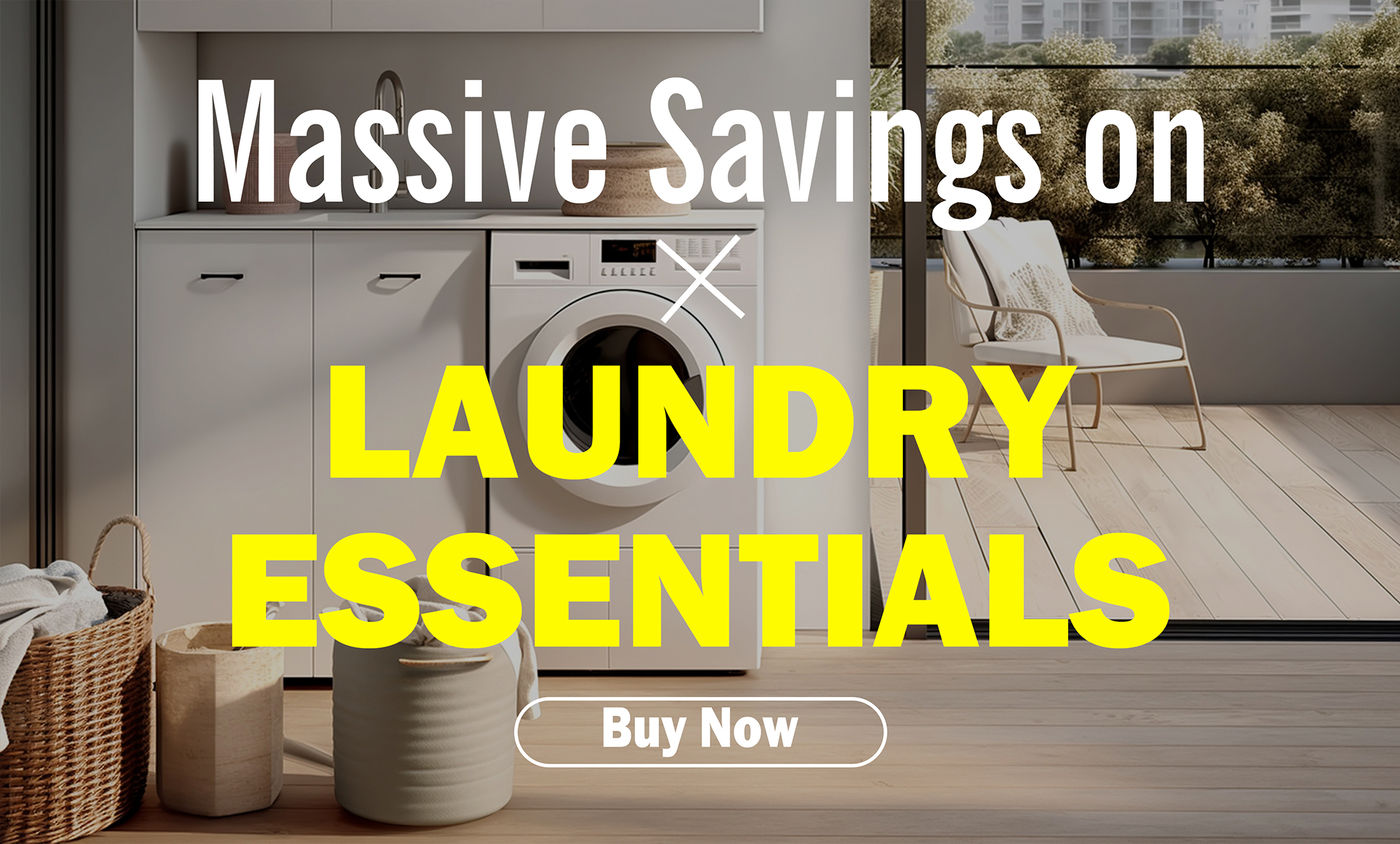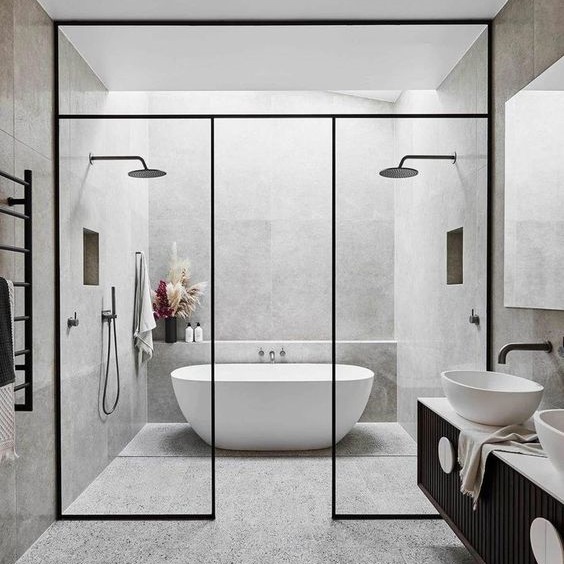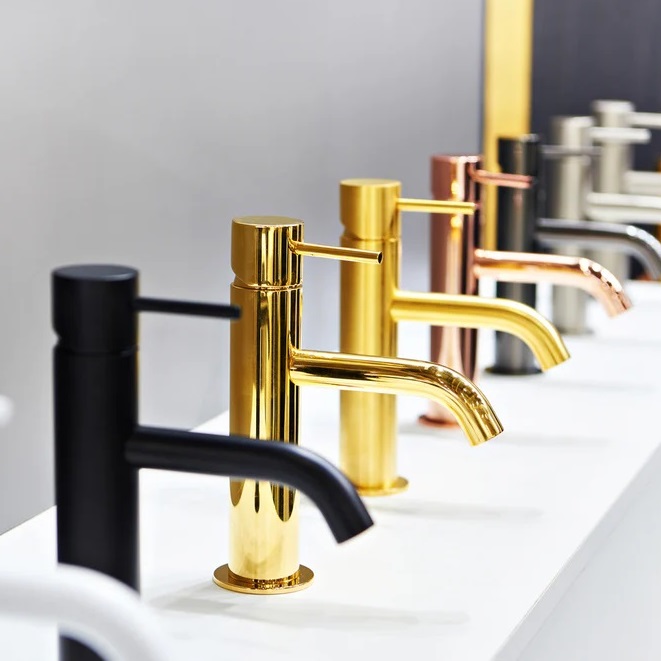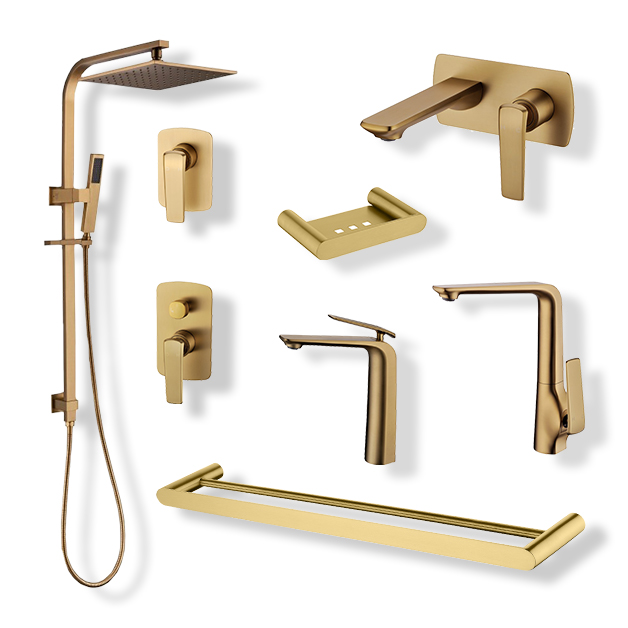What is the Best Material for a Bathtub?

Bathtub materials influence the appearance, weight, heat retention, and price of these expensive plumbing fixtures. And, because tubs are not easily replaced, it is critical to understand what you are purchasing so that you are satisfied with your purchase for many years to come. Here are names of the best bathtub material that will assist you in making the best decision when purchasing a new bathtub.
Porcelain Enameled Steel
Porcelain-enameled steel is a popular and typically low-cost choice. This tub is somewhat heavier than acrylic or fiberglass but significantly lighter than old-fashioned enameled cast iron. It is made of steel sheets that have been covered with porcelain enamel.
Pros
· Can be highly inexpensive.
· Lightweight in comparison
· There are standard versions available (60 x 30 inches)
· Durable
· Simple to clean
Cons
· When things are dropped, the surface might chip.
· Rust may develop on even the smallest of chips.
· Color and form possibilities are limited.
· If not properly insulated, it may be rather loud.
· Heats up rapidly.
Acrylic
Acrylic tubs are popular because of their adaptability, durability, variety of possibilities, and inexpensive cost. This tub is constructed of vacuum-formed acrylic sheets reinforced with fiberglass. Acrylic tubs are lightweight and straightforward to set up.
Pros
· Lightweight
· Affordable
· There are several colour, form, and style options available.
· Durable
· Non-porous surface
· The cover can be repaired.
Cons
· If abrasive cleaners are used to clean the surface, it may scrape.
· During installation, stress areas must be carefully strengthened.
· Acrylic costs more than fiberglass.
Fiberglass
Another low-cost bathtub material is fiberglass. This tub is constructed with layers of surface coat, polyester resin, and fiberglass reinforcing. Fiberglass tubs are less costly than acrylic tubs but have a shorter lifespan.
Pros
· Lightweight
· Simple to set up
· Insufficient cost
· Simple to clean and maintain
· The surface is repairable.
· A fantastic alternative for a shower/tub combo.
Cons
· Not as long-lasting as other materials
· The surface is prone to cracking and scratching.
· The finish is prone to fading.
· Color selections are limited.
Enamelled Cast Iron
Enamelled cast iron is a classic bathtub material that is sturdy and weighty. The tub is composed of porcelain-enameled molded iron. The weight is the only noticeable downside (and a severe one). A cast-iron tub is a more expensive alternative, but it is a long-term investment. Because of its importance, a cast-iron tub can be challenging to install and may need structural reinforcing of the floor.
Pro Tips: Because of its endurance, many professionals favor enameled cast iron. 1 When damaged, this material may be refinished, increasing its longevity even further.
Pros
· Very durable
· Thick enamel is resilient to breaking and scratches.
· Can be resurfaced
· Timeless look
· Excellent heat retention
· Many color choices available
Cons
· Very heavy
Cast Polymer
Materials for cast polymer bathtubs include designed natural stone and solid surface materials. Minerals, polymeric compounds, and resins are molded to make a solid material akin to solid-surface countertops (such as Corian). A gel-coat finish is often applied to the tubs.
Pros
· Can be reasonably priced
· There are several color choices.
· Surface scratches are easily wiped away.
· Mildew and stain resistance
Cons
· Brittleness is possible.
· Gel coat wear might result in irreversible cracks.
Stone Resin
Stone resin is a compound used to mimic the appearance of natural stone. This is one of the most effective bathtub materials.
It has a significant aspect. It's made of crushed actual stone and stone-looking polymer resin.
These tubs are heavy and require unusual fundamental surrounds to support their weight.
As you can expect, any of these authentic, one-of-a-kind sculptures has a fantastic "wow factor." This comes with a hefty price tag.
Pros
Stone resin has an extremely long lifespan, lasting for quite some time without the need for frequent maintenance, and when it does need to be thrown, it is 100 percent recyclable.
Cons
While it is more expensive than acrylic or fibreglass, stone resin can survive the test of time and will save you a lot of trouble in the long run.
Conclusion
So, this is the wrap. Now you can see easily choose the best bathtub for your house and enhance your bathing experience.
















18 Comment(s)
Great Article it its really informative and innovative keep us posted with new updates. its was really valuable. thanks a lot.
Thanks for sharing such an amazing and informative article. As a professional, I really like the way that you describe all the things. It is really good for making the bathtub great and strong.
AZCB top Real Estate company in Abu Dhabi, UAE. Buy and Rent villas, apartments, offices best prices with Al Zaeem Commercial Brokers
Hire the top interior designers in Dubai for villas, apartments, or commercial spaces. Contemporary, Modern, or luxury interiors in UAE. Turnkey solutions. Within Budget. On-time. Call now!
Offplandxb.ae is a new emerging real-estate broker that specializes in displaying properties for both investors as well as end-users.
Thanks so much for this information. I have to let you know I concur on several of the points you make here and others may require some further review, but I can see your viewpoint.
This blog website is pretty cool! How was it made !
This article was written by a real thinking writer. I agree many of the with the solid points made by the writer. I’ll be back.
I read your blog frequently and I just thought I’d say keep up the amazing work!
Nice post mate, keep up the great work, just shared this with my friendz
Thank you a bunch for sharing this with all of us you actually realize what you are talking about! Bookmarked. Please also seek advice from my site =). We could have a hyperlink change contract between us!
This is a truly good site post. Not too many people would actually, the way you just did. I am really impressed that there is so much information about this subject that have been uncovered and you’ve done your best, with so much class. If wanted to know more about green smoke reviews, than by all means come in and check our stuff.
This is a truly good site post. Not too many people would actually, the way you just did. I am really impressed that there is so much information about this subject that have been uncovered and you’ve done your best, with so much class. If wanted to know more about green smoke reviews, than by all means come in and check our stuff.
NZ Homeware's blog post offers insightful tips and inspiration for creating a stylish and functional bathroom. From design ideas to product recommendations, it's a valuable resource for homeowners planning a bathroom renovation. Dive into their blog for expert advice that elevates your home design.
Wow! This could be one of the most useful blogs we have ever come across on thesubject. Actually excellent info! I’m also an expert in this topic so I can understand your effort.
Merely a smiling visitant here to share the love (:, btw outstanding style.
Shop our <a href="https://mensleathersjacket.net/">MensLeathersJacket.net</a> and coats. Buy real leather jackets and coats for men with custom-made to-measure options. Free shipping in USA & worldwide.
New web site is looking good. Thanks for the great effort.
Leave a Comment